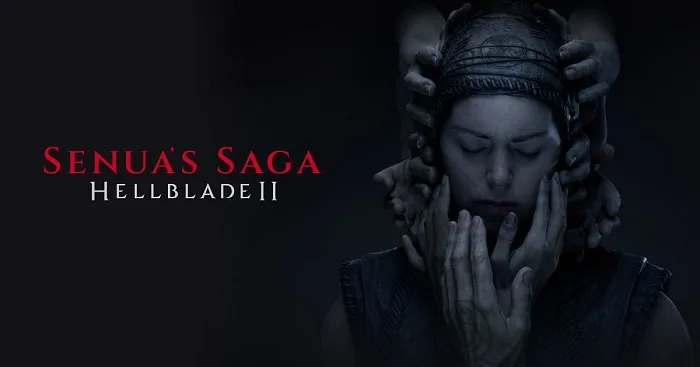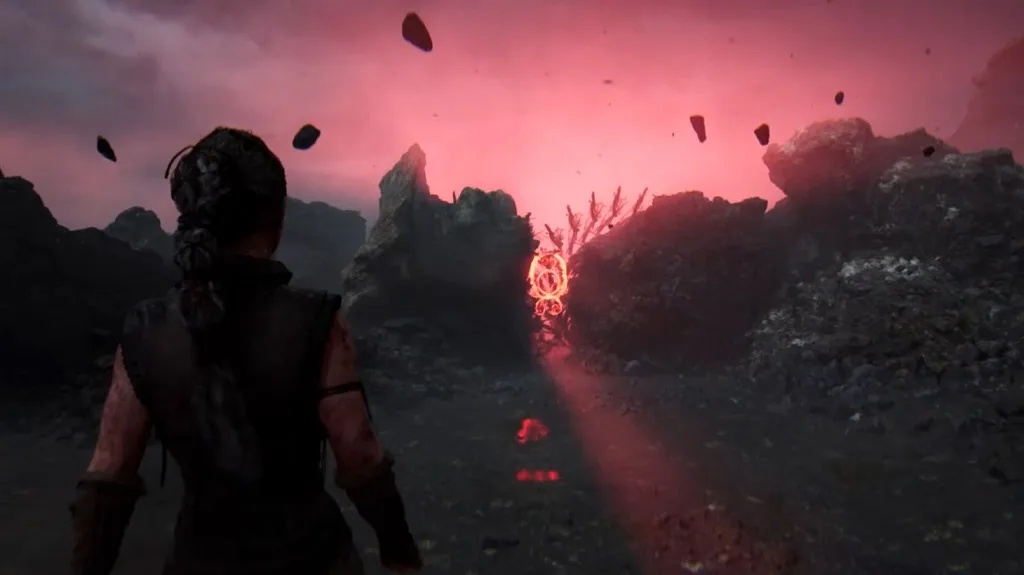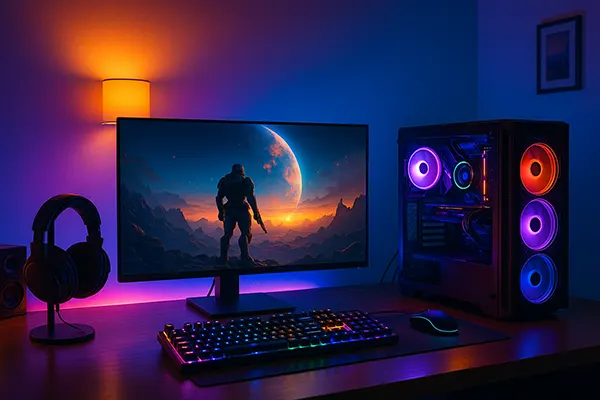
Senua’s Saga: Hellblade 2 PC Game Review
Senua’s Saga: Hellblade 2, developed by Ninja Theory, is an action-adventure game that follows the critically acclaimed Hellblade: Senua’s Sacrifice. Announced at The Game Awards 2019, the game continues the journey of the protagonist, Senua, delving deeper into her struggles with mental illness and Norse mythology. Scheduled for release in 2023, this game is set to be one of the most anticipated titles for PC and next-generation consoles, bringing a unique blend of storytelling, immersive graphics, and innovative gameplay mechanics.
Ninja Theory, known for its expertise in creating compelling narratives and detailed character studies, promises that Hellblade 2 will surpass its predecessor in both scope and ambition. The game leverages the power of the latest Unreal Engine, ensuring a visually stunning and technically advanced experience. With a focus on realism and emotional depth, Senua’s Saga: Hellblade 2 aims to set new standards in the gaming industry, attracting both fans of the original game and new players alike.
Game Plot
Senua’s Saga: Hellblade 2 continues the story of Senua, a Celtic warrior tormented by severe psychosis. Set in a dark, mythological world inspired by Viking culture, the game explores Senua’s inner demons and her quest for redemption. The narrative is deeply intertwined with her mental health struggles, presenting a raw and emotional portrayal of psychosis that is both respectful and impactful.
The plot takes players on a harrowing journey through haunting landscapes and challenging encounters with mythical creatures. Senua’s inner voice, a hallmark of the first game, returns with even more intensity, guiding and tormenting her as she navigates through her trials. The story is meticulously crafted to offer a profound exploration of themes such as grief, trauma, and resilience, making it not just a game but an emotional experience that resonates deeply with players.
Game Features
Senua’s Saga: Hellblade 2 boasts several new and enhanced features that distinguish it from its predecessor. The game utilizes advanced motion capture technology to deliver realistic character animations and expressions, enhancing the emotional connection between players and Senua. The combat system has been revamped to offer more fluid and dynamic engagements, with a greater emphasis on strategy and precision.
In addition to the visual and technical improvements, Hellblade 2 also introduces a more expansive world for players to explore. The environments are richly detailed and filled with atmospheric effects that contribute to the game’s immersive experience. The sound design, another critical aspect of the game’s realism, features binaural audio technology that creates a three-dimensional soundscape, further blurring the lines between the game and reality.
Main Idea of the Game
At its core, Senua’s Saga: Hellblade 2 is about the human condition and the battle against one’s inner demons. The game delves into the complexities of mental illness, portraying it with a level of sensitivity and accuracy rarely seen in the medium. Senua’s journey is one of courage and perseverance, offering a powerful narrative that encourages empathy and understanding towards those who struggle with similar issues in real life.
The game also emphasizes the importance of mental health awareness, using its platform to shed light on the experiences of those living with psychosis. By presenting Senua’s struggles in a relatable and respectful manner, Ninja Theory aims to break down the stigma associated with mental illness and foster a more compassionate perspective among its audience.
Furthermore, the game explores themes of mythology and cultural heritage, weaving them seamlessly into the narrative. The rich lore and mythological elements provide a captivating backdrop for Senua’s story, adding depth and intrigue to the overall experience. Through its storytelling, Senua’s Saga: Hellblade 2 not only entertains but also educates, offering insights into both ancient traditions and contemporary issues.

Difference from the First Part
While Senua’s Saga: Hellblade 2 builds upon the foundation laid by its predecessor, it introduces several significant changes and improvements. One of the most notable differences is the scale of the game. Hellblade 2 features a much larger and more open world, allowing for greater exploration and interaction. The increased scope provides a more immersive and engaging experience, giving players the freedom to discover new aspects of the game’s world and story at their own pace.
The sequel also brings substantial enhancements to the game’s technical aspects. The use of the latest Unreal Engine technology results in breathtaking visuals and realistic character models. The environments are more detailed and dynamic, with improved lighting and weather effects that add to the game’s atmospheric quality.
Another key difference is the development of the combat system. In Hellblade 2, combat is more sophisticated, requiring players to employ tactical thinking and precise timing. The addition of new weapons and abilities gives players more options in how they approach battles, making each encounter unique and challenging.
Lastly, the narrative depth and character development in Hellblade 2 are significantly expanded. Senua’s character is explored in greater detail, offering a more nuanced and multi-faceted portrayal. The story is more intricate, with multiple layers that unfold as players progress through the game. This complexity adds to the overall richness of the experience, making Senua’s Saga: Hellblade 2 a worthy successor to the original game.




